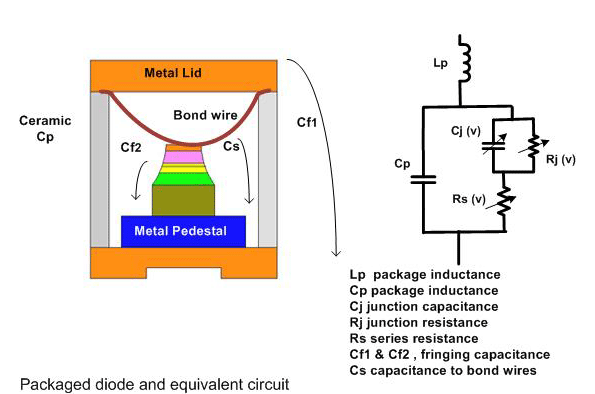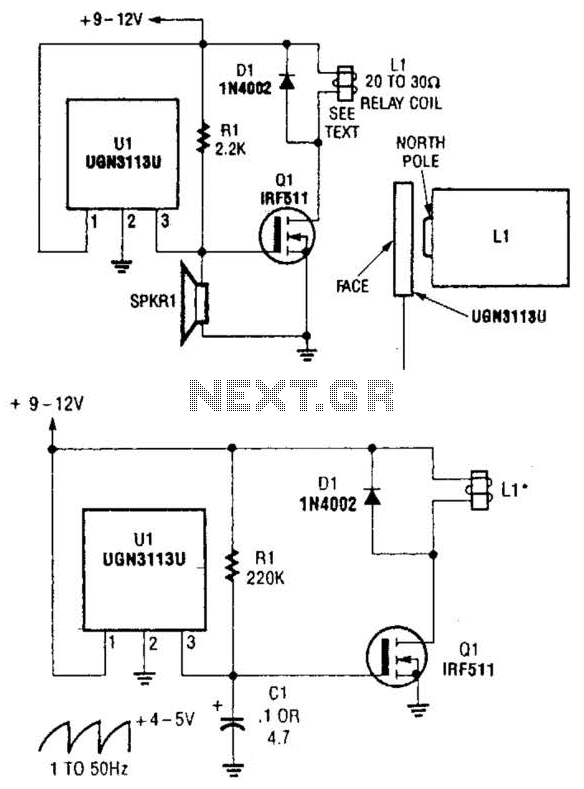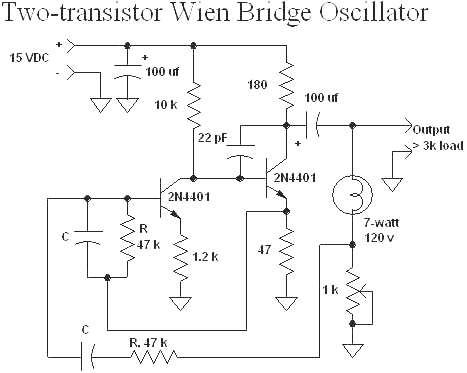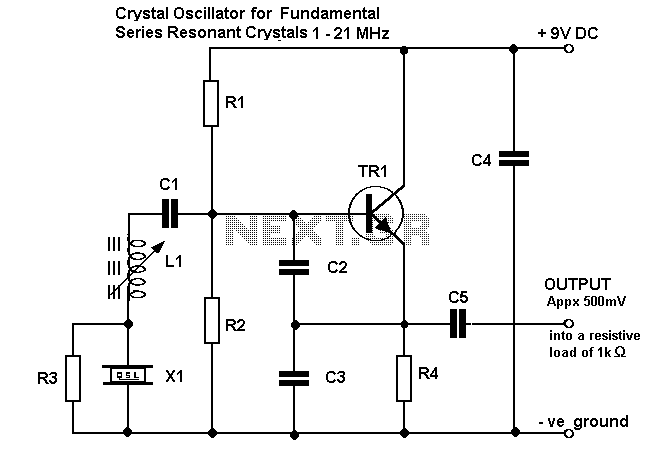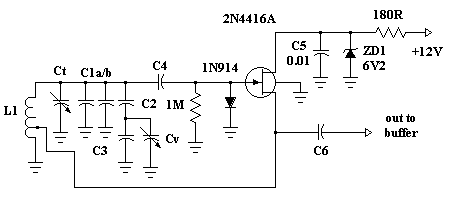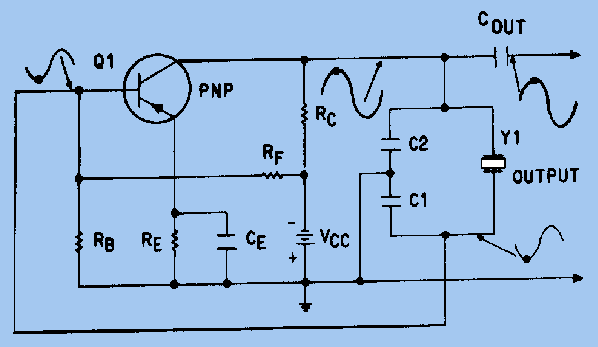
High-stability oscillators (non-crystal)
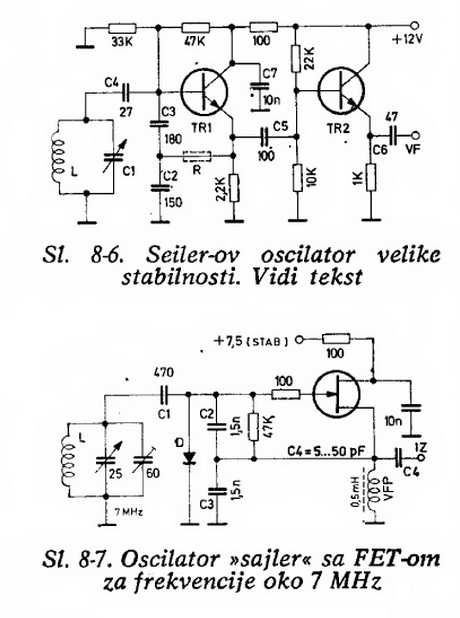
Will an LC-based oscillator be able to demonstrate performance comparable to crystals under such conditions (possibly in unusual configurations like LC-opamp) so that any energy loss at each stage is recovered, resulting in a narrower bandwidth? Examine some amateur radio circuits (ARRL, RSGB, etc.), particularly from several decades ago, where individuals prioritized wide-range tunability and stability, employing clever techniques to achieve optimal results. A configuration that approaches a poorly performing crystal but offers tunability should be achievable. Russell McMahon, Mar 4, 2012: Perform the calculations. Research the Q factor of various crystals and determine the series resistance an inductor would need to match that in an LC resonant circuit. Olin Lathrop, Mar 4, 2012: @ThePhoton, credit from Stackexchange is 10% per year. I had 1852 before placing these bounties, which are immediately subtracted. BarsMonster, Mar 6, 2012: If the original circuit from 1941 and its numerous derivatives using both "valves" and solid-state circuits can be located, it is likely to find circuits with performance that is among the best attainable. A reference indicated that the oscillator output was designed to connect to a crystal socket and, when used at approximately 12 MHz to provide the reference frequency for a 2-meter band (144-148 MHz) transmitter, produced a signal that was zero-beat stable for hours when compared with a crystal-controlled test unit. Zero-beat stable indicates that drift is within a few hertz at most; otherwise, a "rumbling" sound occurs as the two signals heterodyne. The circuits below are based on Seiler’s concepts. Translation to English (if not fluent in Croatian) appears beneficial. Numerous related circuits are also present. These may originate from US "hams" W8PK and W3EB. Note that these two circuits do not appear particularly special. A significant aspect of the "trick" lies in the relative (lack of) loading of the tuned circuit. The circuit described by D. Stockton in the ARRL Handbook (1995+) mistakenly refers to as "the original Colpitts circuit," now often called the parallel-tuned Colpitts. It suggests utilizing a grounded-cathode triode with a separate buffer instead of the electron-coupled pentode circuit. It also recommends using the Seiler or Colpitts circuit with the largest available tuning variable capacitor instead of the Clapp circuit with a low-value tuning capacitor. It discusses the mechanical design of tuning circuits, presents a general analysis of oscillator circuits and their sensitivity to changes in the internal capacitances of valves (vacuum tubes). Existing circuits, including Gouriet-Clapp, Seiler, and Lampkin, are reviewed, comparing their amplitude dependence on frequency and thus their useful tuning range. The design process for the circuit commonly referred to as the Vackar oscillator, which offers a greater tuning range, is described in detail. A slight variation with an even greater tuning range is also discussed. This last circuit, not previously encountered, is described as a compromise between the initially mentioned Vackar circuit and the design attributed to Seiler. It is shown that Gouriet-Clapp, Seiler, and Vackar oscillators possess equivalent frequency stability when the resonator Q is equal. The only difference lies in the extent to which the amplitude of oscillation changes when they are tuned. The three circuits are effective over frequency ranges of 1.2, 1.8, and 2.5 to one, respectively.
An LC-based oscillator can provide a viable alternative to crystal oscillators, particularly in applications requiring tunability and flexibility. The performance of such oscillators can be optimized by carefully selecting circuit components and configurations. For example, the Q factor of the resonator plays a crucial role in determining the sharpness of the resonance peak and overall stability. By minimizing series resistance in the inductor, one can achieve performance metrics comparable to high-quality crystals.
In amateur radio applications, historical circuits demonstrate that with thoughtful design, LC-based oscillators can maintain frequency stability even under varying load conditions. The zero-beat stability mentioned in historical references underscores the potential of these circuits to operate reliably over extended periods, making them suitable for critical communication tasks.
The discussion of various oscillator designs, such as the Vackar and Colpitts circuits, highlights the importance of tuning range and amplitude stability. By employing larger variable capacitors and optimizing the loading conditions, designers can enhance the performance of these oscillators. Additionally, the mechanical aspects of tuning circuits should not be overlooked, as they can significantly impact the operational characteristics of the oscillator.
In summary, LC-based oscillators can rival crystal oscillators in specific applications, particularly when designed with an emphasis on tunability and stability. The insights gained from historical designs provide a valuable foundation for modern circuit development, allowing engineers to explore innovative configurations that push the boundaries of frequency stability and performance.Will LC-based oscillator be able to show performance comparable to crystals in such conditions (probably in wierd variants like LC-opamp. so that any energy loss on each stage is recovered and we are getting narrower bandwidth) Look at some of the amateur radio circuits (ARRL, RSGB, .
), especially from a few decades back, where people valued wide range tunability plus stabiity and did some very clever things to achieve the best results they could get. Sme thing approaching a badly performed crystal, but with tunability, should be able to be achieved. Russell McMahon Mar 4 `12 at 7:10 Do the math. Look up Q of some crystals and then find what the series resistance of a inductor would have to be to match that in a L-C resonant circuit. Olin Lathrop Mar 4 `12 at 14:43 @ThePhoton You know, credit from Stackexchange for 10% per year. ;-) Actually I had 1852 before I placed these bounties, they are subtracted immediately. BarsMonster Mar 6 `12 at 17:23 If you can track down this 1941 [!] original and/or the many derivatives based on it using both "valves" and `solid state" circuits you will probably find circuits with performance about as good as you can get.
One reference noted that the oscillator output was designed to be plugged into a crystal socket and when used at eg 12 MHz to provide the reference fquency for a 2 m, etre band (144-148 Mhz) transmitter, produced a signal which was zero beat stable for hours ata time when compared with a crystal controlled test unit. Zero beat stable means drift is within a few Hz at most as otherwise you hear "rumbling" as the two signals heterodyne.
I don`t speak or read Croatian and gargoyle was having a bad day but I believe the circuits below are based on Seiler`s ideas. See pages 147-148 here. Translation to English (unless you read Croatian) looks worthwhile. Many other related circuits there too. These may come from US "hams` W8PK & W3EB. Note that these two circuits do NOT look overly special. I think a significant part of the "trick" is in the relative (lack of) loading of the tuned circuit. Describes the circuit that D. Stockton, ARRL Handbook, 1995+, p. 14. 14, mistakenly calls "the original Colpitts circuit. now often referred to as the parallel-tuned Colpitts. " Suggests using grounded-cathode triode with separate buffer instead of the electron-coupled pentode circuit.
Also suggests using the Seiler or Colpitts circuit with the largest available value of tuning variable capacitor instead of the Clapp circuit with a low value of tuning capacitor. He discusses mechanical design of tuning circuits, presents general analysis of oscillator circuits and their sensitivity to changes of internal capacities of valves (vacuum tubes).
He reviews existing circuits, including Gouriet-Clapp, Seiler, and Lampkin, comparing their amplitude dependence on frequency and hence useful tuning range. He describes in detail the design process for circuit we commonly refer to as the Vackar oscillator, which has greater tuning range.
He then goes on to describe a slight variation with still greater tuning range. This last circuit, which I have never seen elsewhere, he describes as a compromise between the first-mentioned Vackar circuit and that due to Seiler. Shows that Gouriet-Clapp, Seiler, and Vackar oscillators have equivalent frequency stability given equal resonator Q.
They differ only in how much the amplitude of oscillation changes when they are tuned. The three circuits are useful over frequency ranges of 1. 2, 1. 8, and 2. 5 to one, respectively. 🔗 External reference
An LC-based oscillator can provide a viable alternative to crystal oscillators, particularly in applications requiring tunability and flexibility. The performance of such oscillators can be optimized by carefully selecting circuit components and configurations. For example, the Q factor of the resonator plays a crucial role in determining the sharpness of the resonance peak and overall stability. By minimizing series resistance in the inductor, one can achieve performance metrics comparable to high-quality crystals.
In amateur radio applications, historical circuits demonstrate that with thoughtful design, LC-based oscillators can maintain frequency stability even under varying load conditions. The zero-beat stability mentioned in historical references underscores the potential of these circuits to operate reliably over extended periods, making them suitable for critical communication tasks.
The discussion of various oscillator designs, such as the Vackar and Colpitts circuits, highlights the importance of tuning range and amplitude stability. By employing larger variable capacitors and optimizing the loading conditions, designers can enhance the performance of these oscillators. Additionally, the mechanical aspects of tuning circuits should not be overlooked, as they can significantly impact the operational characteristics of the oscillator.
In summary, LC-based oscillators can rival crystal oscillators in specific applications, particularly when designed with an emphasis on tunability and stability. The insights gained from historical designs provide a valuable foundation for modern circuit development, allowing engineers to explore innovative configurations that push the boundaries of frequency stability and performance.Will LC-based oscillator be able to show performance comparable to crystals in such conditions (probably in wierd variants like LC-opamp. so that any energy loss on each stage is recovered and we are getting narrower bandwidth) Look at some of the amateur radio circuits (ARRL, RSGB, .
), especially from a few decades back, where people valued wide range tunability plus stabiity and did some very clever things to achieve the best results they could get. Sme thing approaching a badly performed crystal, but with tunability, should be able to be achieved. Russell McMahon Mar 4 `12 at 7:10 Do the math. Look up Q of some crystals and then find what the series resistance of a inductor would have to be to match that in a L-C resonant circuit. Olin Lathrop Mar 4 `12 at 14:43 @ThePhoton You know, credit from Stackexchange for 10% per year. ;-) Actually I had 1852 before I placed these bounties, they are subtracted immediately. BarsMonster Mar 6 `12 at 17:23 If you can track down this 1941 [!] original and/or the many derivatives based on it using both "valves" and `solid state" circuits you will probably find circuits with performance about as good as you can get.
One reference noted that the oscillator output was designed to be plugged into a crystal socket and when used at eg 12 MHz to provide the reference fquency for a 2 m, etre band (144-148 Mhz) transmitter, produced a signal which was zero beat stable for hours ata time when compared with a crystal controlled test unit. Zero beat stable means drift is within a few Hz at most as otherwise you hear "rumbling" as the two signals heterodyne.
I don`t speak or read Croatian and gargoyle was having a bad day but I believe the circuits below are based on Seiler`s ideas. See pages 147-148 here. Translation to English (unless you read Croatian) looks worthwhile. Many other related circuits there too. These may come from US "hams` W8PK & W3EB. Note that these two circuits do NOT look overly special. I think a significant part of the "trick" is in the relative (lack of) loading of the tuned circuit. Describes the circuit that D. Stockton, ARRL Handbook, 1995+, p. 14. 14, mistakenly calls "the original Colpitts circuit. now often referred to as the parallel-tuned Colpitts. " Suggests using grounded-cathode triode with separate buffer instead of the electron-coupled pentode circuit.
Also suggests using the Seiler or Colpitts circuit with the largest available value of tuning variable capacitor instead of the Clapp circuit with a low value of tuning capacitor. He discusses mechanical design of tuning circuits, presents general analysis of oscillator circuits and their sensitivity to changes of internal capacities of valves (vacuum tubes).
He reviews existing circuits, including Gouriet-Clapp, Seiler, and Lampkin, comparing their amplitude dependence on frequency and hence useful tuning range. He describes in detail the design process for circuit we commonly refer to as the Vackar oscillator, which has greater tuning range.
He then goes on to describe a slight variation with still greater tuning range. This last circuit, which I have never seen elsewhere, he describes as a compromise between the first-mentioned Vackar circuit and that due to Seiler. Shows that Gouriet-Clapp, Seiler, and Vackar oscillators have equivalent frequency stability given equal resonator Q.
They differ only in how much the amplitude of oscillation changes when they are tuned. The three circuits are useful over frequency ranges of 1. 2, 1. 8, and 2. 5 to one, respectively. 🔗 External reference
